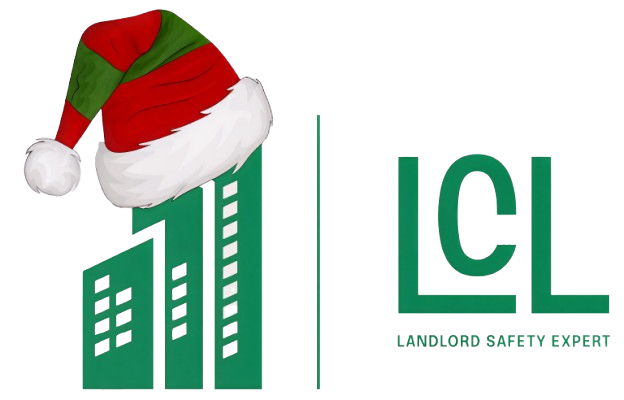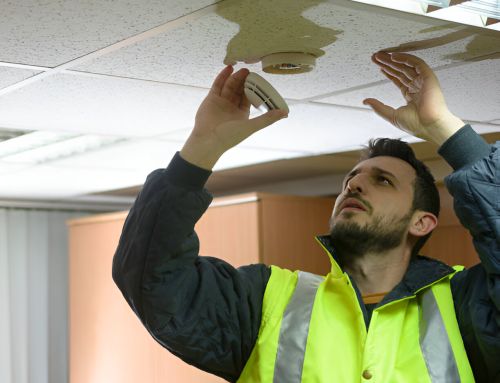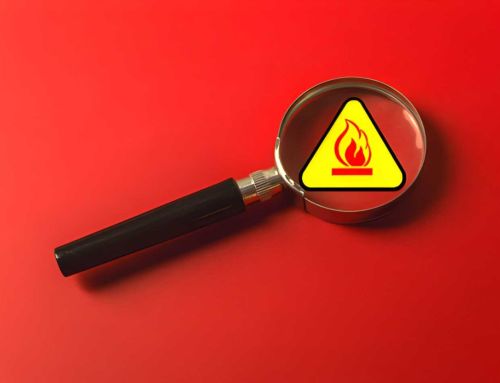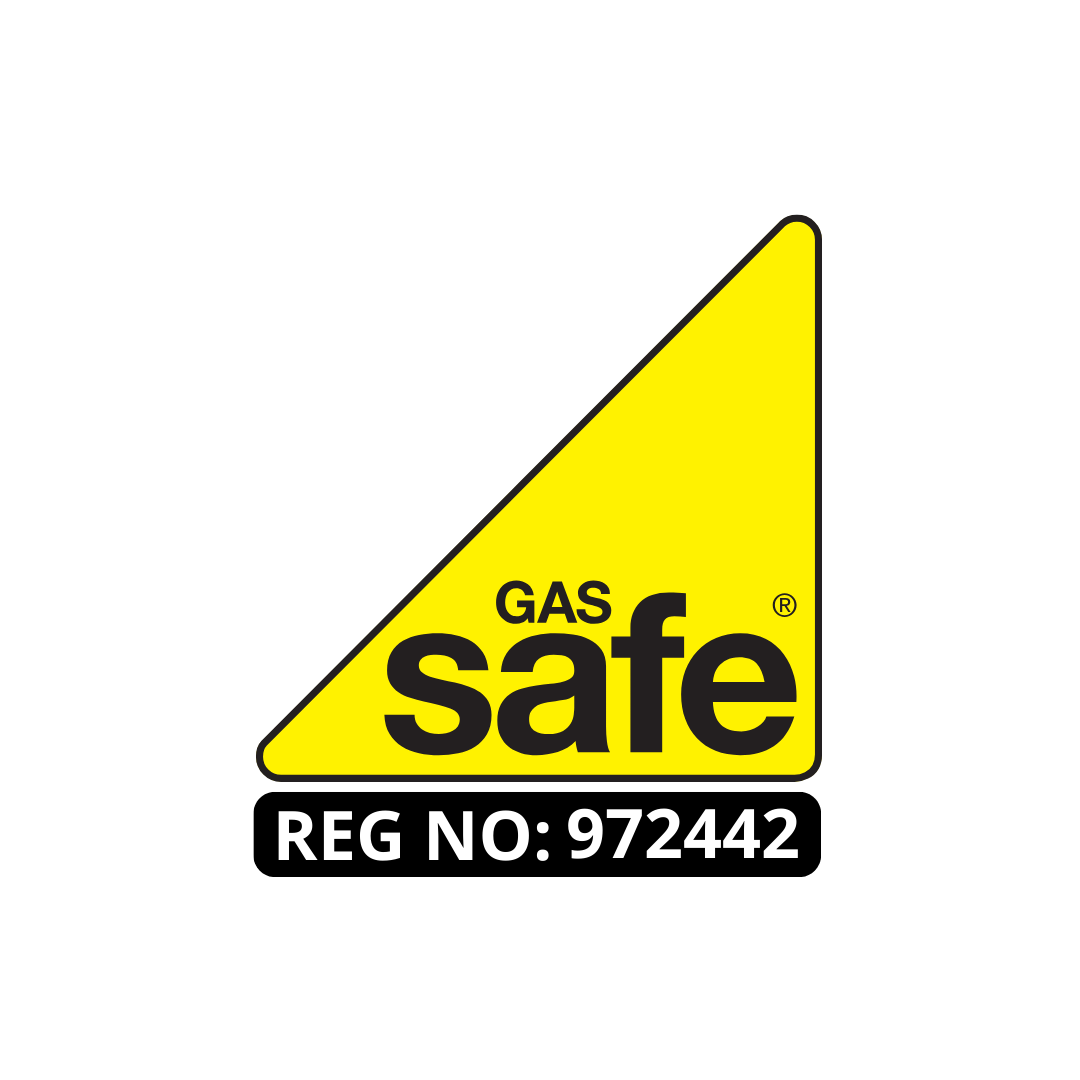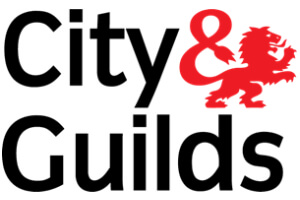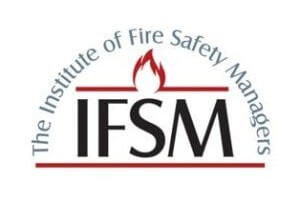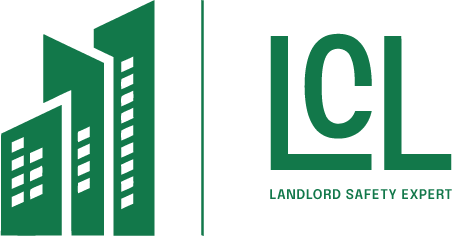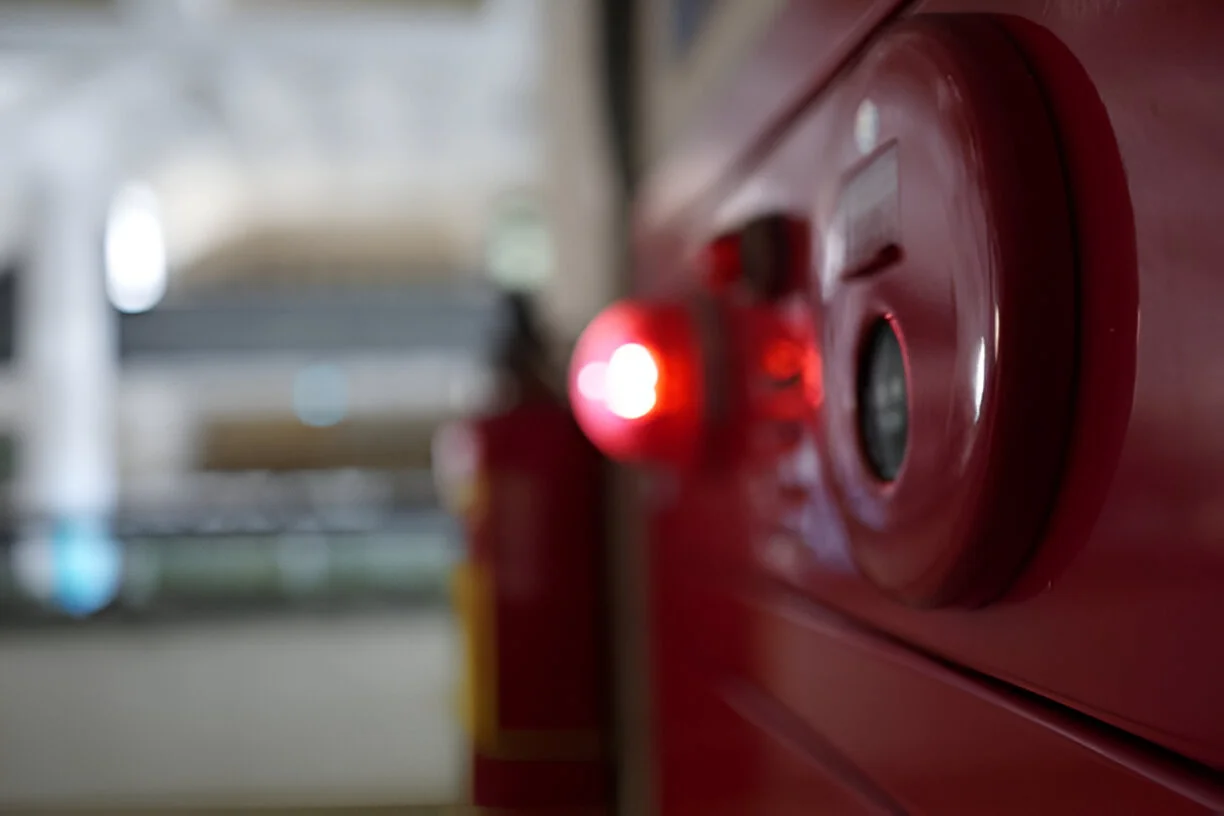
The Fire Alarm LD3 system represents a significant advancement in fire safety technology for commercial and industrial environments. Its design focuses on quick detection and alerting, adhering to rigorous safety standards. However, selecting the appropriate system demands careful evaluation of multiple factors. Grasping the subtleties of LD3 systems is essential for successful deployment. The following sections will explore these basic points.
Main Points
- The Fire Alarm LD3 system detects smoke and heat, providing quick alerts in medium to large commercial and industrial buildings.
- Common installations include offices, hospitals, and shopping centres, offering versatile safety solutions adaptable to various environments.
- Adhering to safety regulations is essential for building trust and preventing legal issues for property owners and tenants.
- Regular maintenance and testing are essential for optimal performance, complying with NFPA Standards and local building codes.
- Upgrading to an LD3 system enhances detection capabilities and could reduce insurance costs, making it a smart investment for property safety.
What Is a Fire Alarm LD3 System?
A Fire Alarm LD3 system is an advanced network that detects fires and promptly alerts building occupants. It generally comprises multiple components such as smoke detectors, heat sensors, and control panels that work together to ensure comprehensive fire safety coverage.
The LD3 designation indicates that the system meets particular standards for reliability and performance, making it suitable for medium to large commercial and industrial buildings.
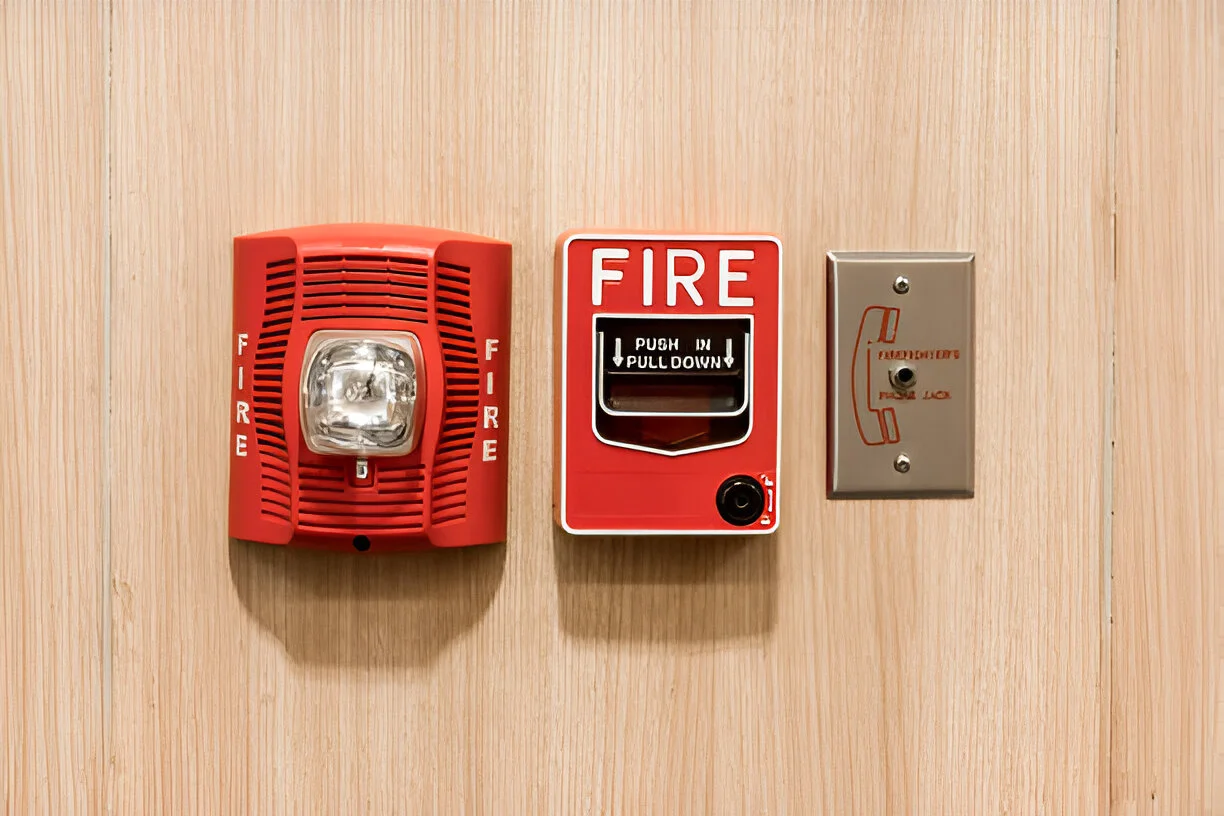
Besides detection devices, the LD3 system typically includes alarm signals like horns and strobes to ensure alerts are visible and audible everywhere on the premises. It might also include sophisticated monitoring capabilities that enable the real-time transmission of data to emergency services.
How the LD3 Fire Alarm Category Is Defined
The LD3 fire alarm category is outlined by specific standards that ensure effective fire detection and response capabilities within commercial and industrial settings. This category includes systems designed to detect a variety of fire types, such as smouldering and fast-burning fires, ensuring they can respond to different threats.
LD3 systems usually include advanced components like smoke detectors, heat sensors, and manual pull stations, all working together to ensure comprehensive coverage.
Furthermore, LD3 systems are required to comply with established regulatory standards and performance benchmarks that define their reliability and effectiveness. Regular maintenance and testing protocols are essential to guarantee that these systems stay operational, thereby maintaining safety standards.
Ultimately, the LD3 fire alarm category is a fundamental part of fire safety systems, designed to safeguard lives and property in areas with high fire risks.
Where LD3 Fire Alarm Systems Are Typically Installed
LD3 fire alarm systems are frequently used in different environments that demand strong fire safety protocols. They are especially appropriate for commercial buildings, industrial plants, and tall structures where fire threats are high.
They are frequently located in large shopping malls, office buildings, and factories, where the size and complexity of operations require sophisticated fire detection and response systems.
LD3 systems are also installed in schools, hospitals, and hotels, where occupant safety is crucial. Installing them in residential complexes and multi-family buildings further boosts fire protection. The adaptable design of LD3 fire alarm systems enables their use in various settings, ensuring they meet local fire safety standards.
Main Advantages of Selecting a Fire Alarm LD3 System
Opting for a fire alarm LD3 system provides many benefits that improve safety and operational efficiency across diverse settings. Its key advantage is automatic detection and alerting, significantly cutting response times in emergencies. This quick response can save lives and prevent property damage.
Furthermore, LD3 systems are engineered to adhere to strict safety regulations, ensuring that installations fulfil essential fire safety standards. Their flexibility enables seamless integration with safety components like emergency lighting and evacuation systems, forming a comprehensive safety network.
Additionally, LD3 systems often include sophisticated monitoring features, enabling real-time alerts and diagnostics that make maintenance easier. This strategy ensures that any possible issues are dealt with swiftly.
LD3 Fire Alarm Installation Requirements in the UK
Installing a fire alarm system in the UK requires meeting particular requirements to adhere to safety regulations and guarantee proper operation.
The LD3 fire alarm system, designed for low-risk environments, must comply with the standards outlined in British Standard 5839-1. This includes carrying out a comprehensive risk assessment to determine the suitable type and placement of detectors. The system should incorporate a minimum of Grade D smoke alarms, ensuring all areas are properly covered.
Installation must be performed by qualified professionals to preserve the system’s integrity, ensuring all components are correctly fitted and operational.
Additionally, regular maintenance checks are essential for maintaining operational efficiency. It’s fundamental to document the installation process and keep records for future inspections.
Maintenance and testing of LD3 Fire Alarm Systems
Proper maintenance and testing of LD3 fire alarm systems are essential for their effectiveness in safeguarding lives and property. Regular inspections should be carried out to evaluate the operational condition of detectors, alarms, and control panels. This involves inspecting for dust buildup, confirming secure connections, and ensuring all components operate correctly.
Additionally, testing should occur at least annually, following manufacturer guidelines. This involves simulating alarm conditions to confirm that the system activates properly and that alerts are received promptly.
Maintenance records should be carefully maintained, including the dates of inspections, any repairs carried out, and the outcomes of tests conducted.
Engaging qualified technicians for these tasks is essential, as their expertise helps identify issues that might not be immediately obvious. Ultimately, a systematic method of maintenance and testing builds confidence in the system’s reliability during emergencies.
Legal and Safety Standards for LD3 Fire Alarm Compliance
Ensuring compliance with legal and safety standards is essential for the effective functioning of LD3 fire alarm systems, as regulations from national and local authorities specify the minimum installation and maintenance requirements. Adhering to these standards not only improves safety but also reduces liability for property owners.
Key regulations to consider include:
- National Fire Protection Association (NFPA) Standards: These guidelines outline best practices for fire alarm system design, installation, and performance testing.
- Local Building Codes: Municipal regulations may impose specific requirements for fire alarm systems, varying by jurisdiction, which must be strictly followed to guarantee compliance.
- Underwriters Laboratories (UL) Listings: Products used in LD3 systems should have appropriate UL certifications, indicating they meet recognised safety standards.
Common Mistakes to Avoid When Choosing a Fire Alarm LD3
How can selecting the wrong fire alarm LD3 impact safety and compliance?
Choosing an inappropriate fire alarm LD3 can lead to inadequate protection, resulting in increased risk during a fire emergency. One common mistake is failing to assess the specific needs of a facility, which may vary based on layout, occupancy, and unsecure conditions.
Additionally, overlooking the significance of compliance with local regulations can result in legal repercussions. Another frequent error involves ignoring the system’s compatibility with existing fire safety measures, thereby creating gaps in overall safety.
It’s also essential to reflect on the reliability and reputation of the manufacturer, as inferior products may malfunction or provide insufficient warning. Ultimately, neglecting to seek expert advice may lead to suboptimal selections, ultimately compromising the effectiveness of fire safety strategies.
Avoiding these mistakes guarantees that the chosen LD3 fire alarm system provides maximum safety and compliance.
Cost of Installing and Maintaining a Fire Alarm LD3 System
While the initial investment in a fire alarm LD3 system may seem substantial, understanding the long-term costs associated with installation and maintenance is vital for effective budgeting. The financial commitment involves more than just the purchase price; ongoing expenses must also be considered.
- Installation Costs: These can vary greatly based on the building’s size, complexity, and the specific components required for the LD3 system. Professional installation is recommended to guarantee compliance with safety regulations.
- Maintenance Fees: Regular inspections and servicing are essential for peak performance and may incur annual fees. These costs guarantee that the system remains compliant with fire safety standards.
- Replacement Parts: Over time, certain components may require replacement, contributing to ongoing expenses. Budgeting for unexpected repairs or upgrades is also advisable to maintain system integrity.
Ultimately, a well-planned way to control costs can enhance safety and efficiency.
Upgrading to a Fire Alarm LD3 System / When and Why It Makes Sense
Upgrading to a Fire Alarm LD3 system can be a strategic decision for property owners seeking enhanced safety and reliability. This upgrade is particularly wise when existing systems are outdated or insufficient to meet current safety regulations.
The LD3 system features advanced technology and enhanced detection capabilities, significantly reducing emergency response times. Furthermore, property owners dealing with frequent false alarms or problems with their existing systems might discover that the LD3 offers more precise and effective monitoring.
Switching to LD3 can also reduce insurance premiums, since insurers generally acknowledge the advantages of modern fire safety technology. In the end, upgrading to an LD3 system is a sensible choice when considering safety, compliance, and cost-efficiency.
Frequently Asked Questions
What Types of Sensors Are Used in Fire Alarm LD3 Systems?
In fire alarm systems, various sensors are utilised, including smoke detectors, heat detectors, and carbon monoxide sensors. These devices work collectively to guarantee early detection of fire dangers, enhancing overall safety in the environment.
Can LD3 Systems Be Integrated with Existing Fire Safety Equipment?
LD3 systems can indeed be integrated with existing fire safety equipment. This integration enhances overall fire safety management, allowing for improved communication between devices and more efficient response strategies in emergencies.
How Often Should LD3 Fire Alarms Be Tested?
The frequency of testing LD3 fire alarms typically aligns with regulatory standards, often recommending monthly checks for functionality and annual thorough inspections. Regular testing guarantees reliability and compliance with safety protocols, safeguarding occupants effectively.
What Training Is Required for LD3 Fire Alarm System Users?
Training for LD3 fire alarm system users typically includes understanding system components, operation procedures, regular testing protocols, emergency response, and maintenance requirements. Certification courses are often recommended to guarantee competence and compliance with safety regulations.
Are There Specific Warranties for Fire Alarm LD3 Systems?
Specific warranties for fire alarm systems can vary by manufacturer and model. Typically, they cover defects and malfunctions for a designated period, emphasising the importance of reviewing individual warranty terms before purchasing or installing the system.
Conclusion
In summary, the Fire Alarm LD3 system stands as an essential component in safeguarding medium to large commercial and industrial environments. Its advanced detection capabilities, adherence to legal standards, and emphasis on regular maintenance contribute to a thorough fire safety strategy. By understanding the benefits, installation requirements, and pitfalls associated with LD3 systems, stakeholders can make informed decisions that enhance safety, protect investments, and guarantee the well-being of occupants in various settings.
About the Author: LandlordCertificate
Related Posts
Get Social
Recent Posts
- The Role of Fire Alarm Installation in Building Safety
- How Often Should a Fire Risk Assessment Be Reviewed?
- What must landlords get right for Fire Risk Assessment London compliance?
- UK Gas Safety Regulations for Landlords & Tenants: Introduction to Gas Safety Certificates
- Check If Your Gas Engineer is Registered: London Gas Safety Certificate London
